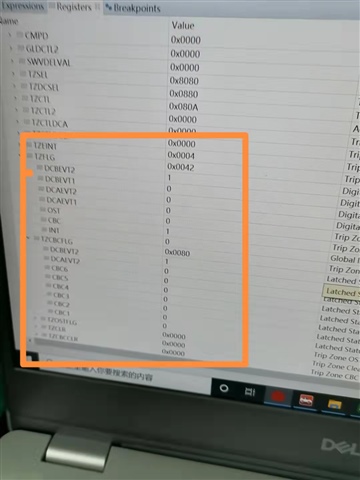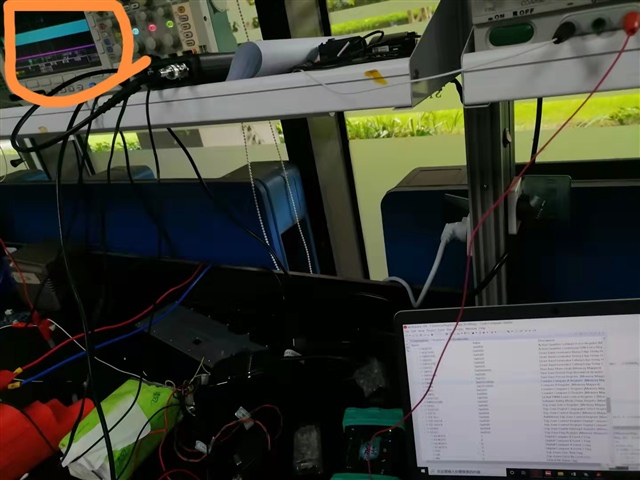Other Parts Discussed in Thread: C2000WARE
The TMS280049 is used, we configure the TZ module to shut PWM, TZ is from DCBEVT2 Cycle by Cycle.
most of the time, the pwm can shut and recover , BUT sometimes it can not shut PWM.
how to debug this problem?
it is set as :
EPWM_enableTripZoneSignals(base1, EPWM_TZ_SIGNAL_DCBEVT2);
EPWM_setTripZoneAction(base1, EPWM_TZ_ACTION_EVENT_DCBEVT2,EPWM_TZ_ACTION_LOW);
we set the voltage down to occur DCBEVT2 event. The DCBEVT2 occured, and I checked the TZFLG it has set to 1 (the TZFLG has cleared manually)

but the pwm is still running


